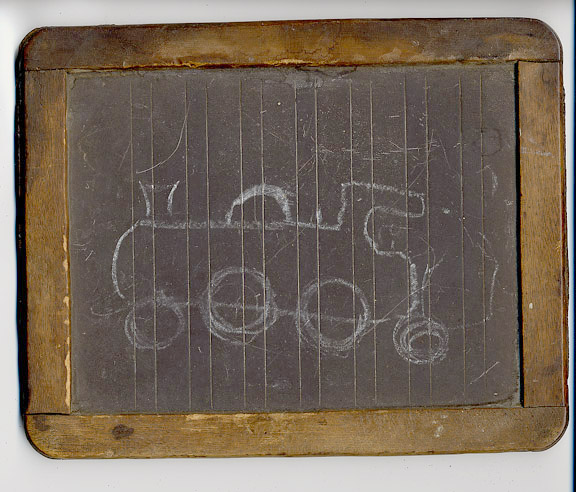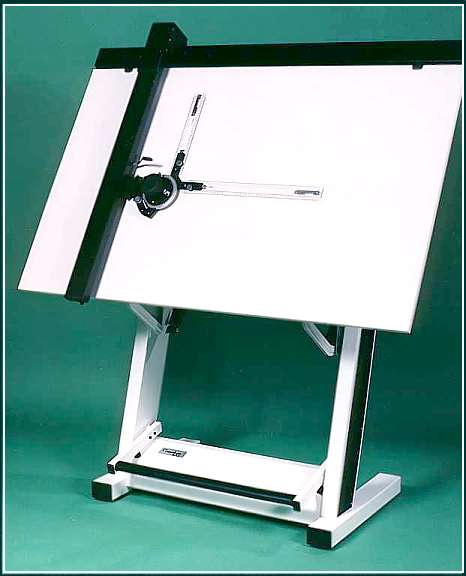What is "DuoShade"?
JB: DuoShade and Craftint are -- or were -- the trade names of a kind of board some artists used for creating grey tones in their work. The boards were imprinted with line or dot screens, in non-repro blue, which became visible when a special chemical was applied. One chemical would bring out one of the line or dot screens, the second would bring out the other, so that two shades of grey could be created. Skilled artists, such as Wally Wood, managed to create the illusion that there were more shades than that.
The chemicals could be applied with pen, brush, or any other tool the artist might choose.
The downside of these boards was that the chemicals that brought out the line screen were a kind of photographic process, so if the artwork was exposed to light the line would continue to "develop", growing darker and darker. Even the areas not treated with the chemicals would darken eventually.
Incidentally, altho they printed black, and thus gave a grey tone, the line screens themselves appeared on the board as a deep brown or brownish red shade. (11/25/2006)

